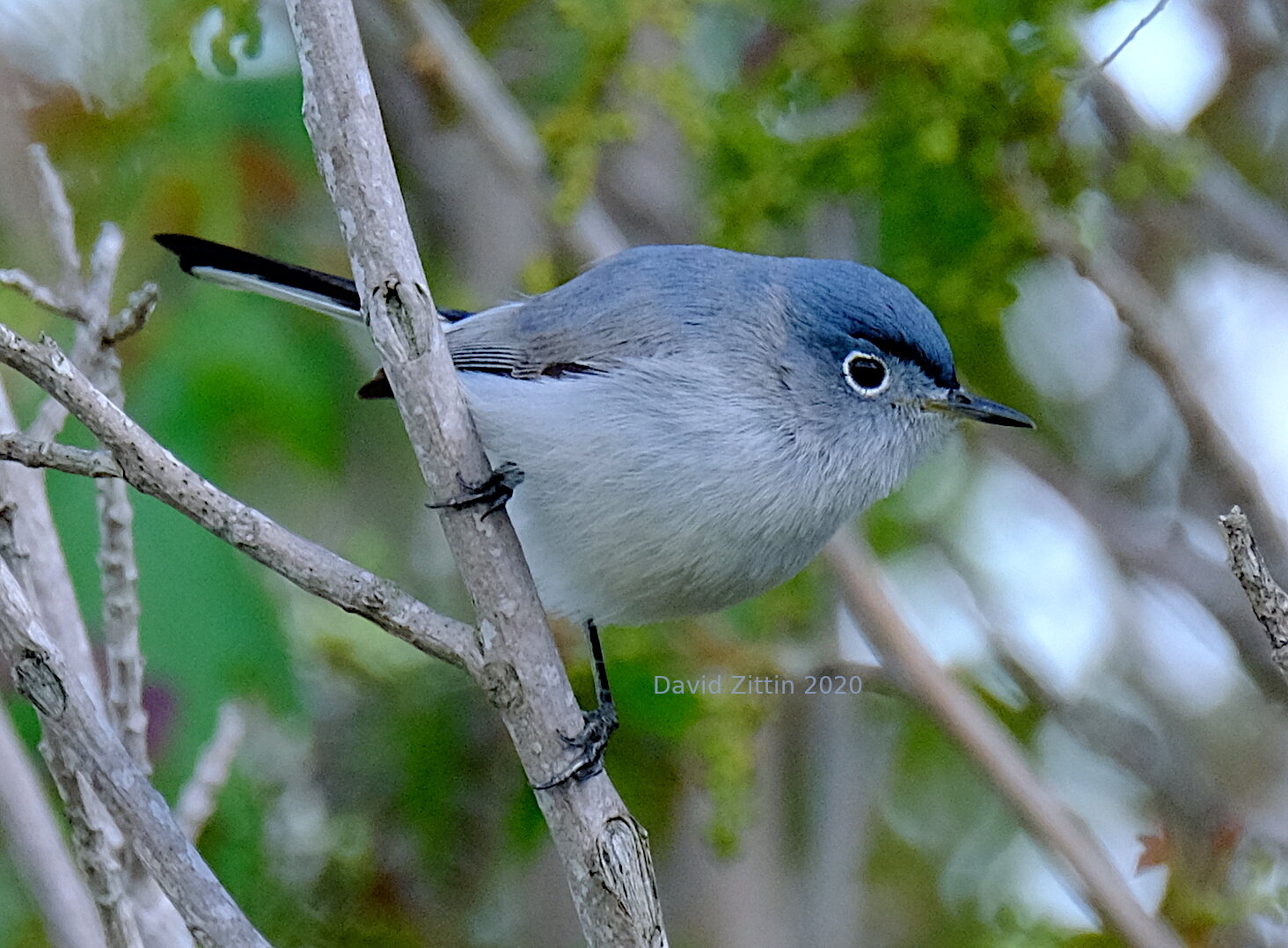One of my favorite local flycatchers. They spend their winters on the West Coast of Mexico and migrate into California and north into British Columbia in the spring. Their "chew-wee" call is often heard in local forests. This one was catching bugs at the same place where we saw a Northern Parula which is rare for California. This flycatcher was transporting the bugs to its nest that was nearby and in plain view. I saw it on a fence or low tree branches with bug in mouth for several seconds at a time. I am sure it was wary about entering its nest with so many people around who were looking for the Northern Parula.
The Pacific-slope Flycatcher.
